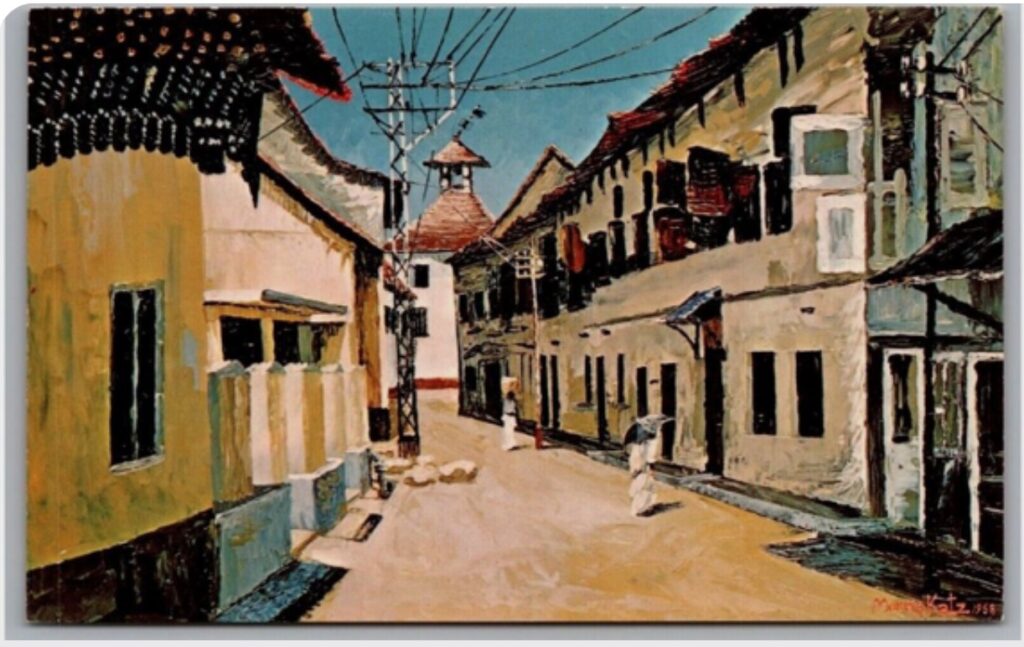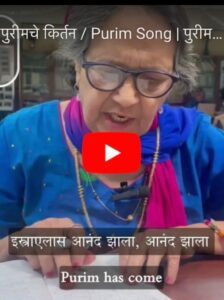Happy Purim
Purim commemorates the (Divinely orchestrated) salvation of the Jewish people in the ancient Persian empire from Haman’s diabolical plot to destroy the Jews. Esther is the heroine of the Purim story. Read ‘The Story of Purim’…
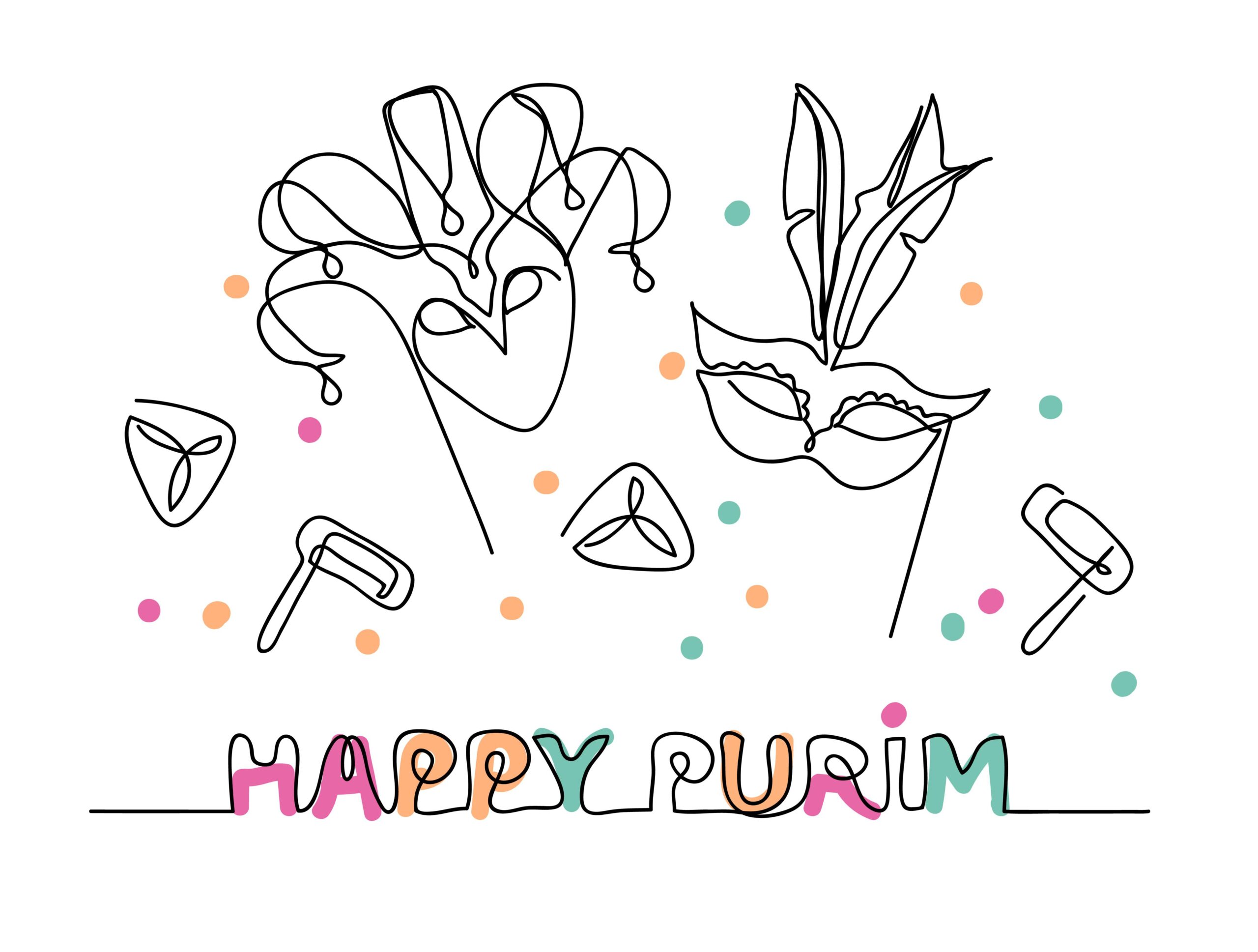
"Purim has come" - a kirtan...
“Purim Kirtan” is a song traditionally sung in Marathi by the Bene Israel community. It was recorded, transcribed, and translated by Jacob Kohn at the Jewish Languages Project of the Hebrew Union College’s Institute of Religion.
The song is showcased in the Project’s updated Purim Exhibit, which documents endangered languages and lesser-known Jewish cultural traditions around the world.
...and an innovative Purim recipe
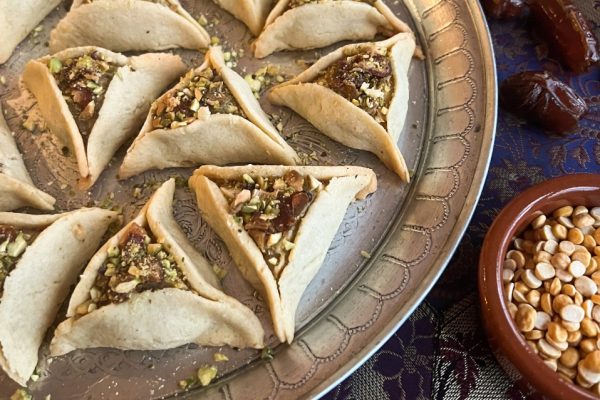
The Jews of India celebrate Purim by creating an Indian Jewish Purim dessert – the puran poli hamantaschen (PPH).
The PPH honours two classic dishes – the traditional Indian dish, puran poli filled with sweetened lentils, dates and pistachios; and hamantaschen, a triangular-shaped cookie filled with a variety of jams or chocolate, also made on Purim.
Rachel Sophia Kruge, the daughter of an Indian-Jewish woman who immigrated to the United States, writes: “My goal is to engage with and hopefully, one day serve as an ambassador for the rich and diverse cuisine of the Bene Israel.” The PPH recipe is based on an adaptation of a dish that will surely keep you coming back for more.
New Historical Geography of the Bene Israel
A new book, Historical Geography of the Bene Israel in Bombay and the Konkan by Professor Shaul Sapir, focuses on the towns and villages where the Bene Israel settled, and on the synagogues and prayer halls built by the community in Bombay and the Konkan.
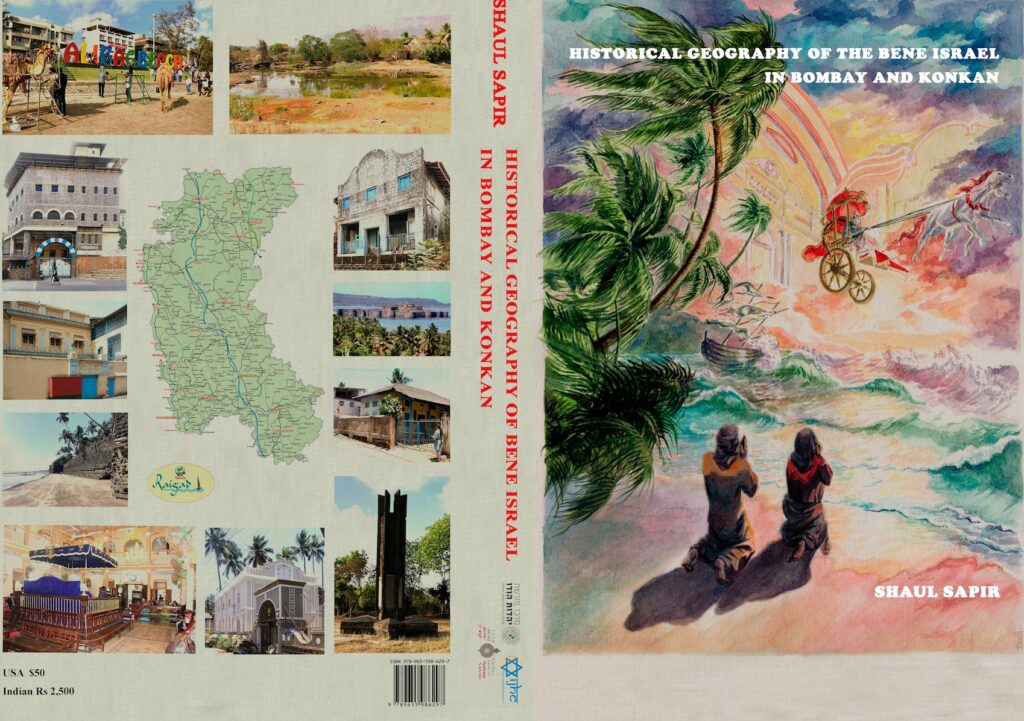
The historiography of India’s Jews as documented by this book consists of three independent and clearly defined communities, each with their own distinct lifestyle and religious, cultural and communal characteristics. (This book does not cover two other Jewish communities in India – the Bene Ephraim of Andhra Pradesh and the B’nei Menashe of Manipal and Manipur).
The ancestors of the Bene Israel, strangers to India’s sub-continent, brought with them Jewish traditions and religious practices, kept a diligent oral tradition over the generations. They also developed meaningful Jewish customs of their own. One example is the Malida ceremony, a thanksgiving ceremony held in the Synagogue or at home, for special occasions.
It was toward the second half of the 18th Century that the Bene Israel began arriving on the island and living in Bombay. The independence of India on the one hand, and the establishment of the State of Israel on the other, saw a significant decline of the Bene Israel community. Their population dropped from an estimated 20,000 to only a few thousand.
Shaul Sapir is Professor of Historical Geography at the Hebrew University in Jerusalem (HUJI).
Born in Bombay, Prof. Shaul Sapir lived in India for the first years of his life. He always felt a great affection for his city of birth and upon visiting India years later, he renewed his bond with the vibrant, colourful, bustling metropolis. Fascinated by the magnificent examples of architecture, regal causeways and public spaces, blending in with the colours and smells and endless noise and teeming humanity, he decided to travel and research his own roots and the history of this amazing city at the hub of this compelling country.
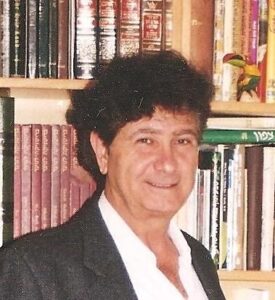
Resources on Jewish India
There has been a scarcity of academic studies on Jewish India and in Jewish Studies in India. Few Indian followers on non-Semitic religions know much about Judaism, and the knowledge they have comes mainly through various secondary sources.
Two books, The Absence of Jewish Studies in India: Creating a New Awareness and India, Israel, and The Jewish People: Looking Ahead, Looking Back – 25 Years after Normalisation, aim to fill that gap. The books are authored by Dr. Navras Aafreedi, Assistant Professor of History at Presidency University, Kolkata, where he teaches courses in Jewish History, Genocide Studies, Interfaith Relations and Minority Studies.
The Jewish People: Looking Ahead, Looking back is about India-Israel relations. Specifically, it puts the relations between the two countries in the historical perspective of ties between ancient civilizations of India and Judea, and later the Jewish Diaspora.
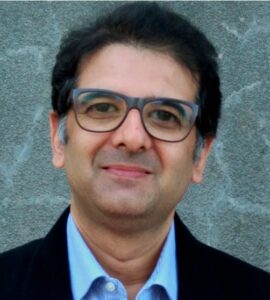
Other resources
Rethinking Sephardic : Rosh Hashanah and Yom Kippur Observances among the Jews of Bombay – Yale M. Needel, 2008.
This study explores the ritual enactments of the Bene Israel and Baghdadi Jewish communities in Bombay, India during Rosh Hashanah and Yom Kippur. It compares and contrasts the ritual enactments of the two communities against each other.
IJHC-CJHC Indian Ted night rocks
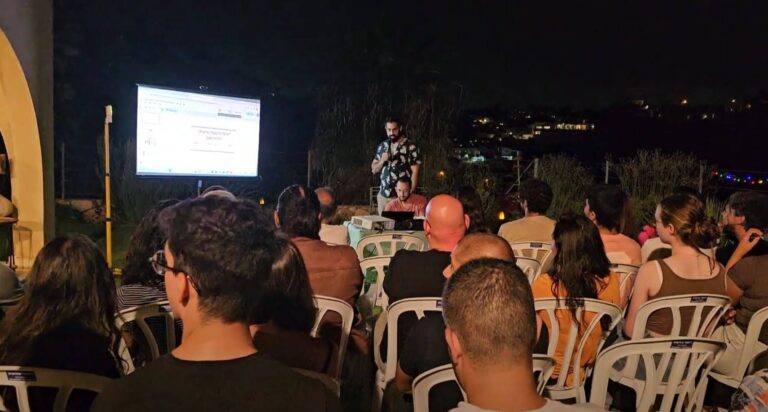
By Ruth Greenfield, Secretary, IJHC-CJHC
An Indian Ted night, sponsored by the Indian Jewish Heritage Center (IJHC) and the Cochin Jewish Heritage Center (CJHC) for the youth of the Indian Jewish community on 1 October, 2023 in Israel was a resounding success. The event was hosted by Rafi Bhonker at his home in Zichron Yaakov.
The Ted-Style talks were on various subjects like Artificial Intelligence, start-ups, heritage and culture. All the participants were of Indian Jewish origin from four Indian Jewish communities – the Bene Israel, Cochini, Baghdadi, and B’nei Menashe.
The evening ended with Bollywood dancing by Noah Nagawkar, followed by delicious food prepared in the famous restaurant ‘Tandoori’, run by Reena Pushkarna, an Indian Jew. Both were sponsored by IJHC and CJHC. Each participant went home with a useful gift of a wall attachment for their computer screen donated by an Indian Jewish donor.
The resounding success of the event has the youngsters are looking forward to the next one with eager anticipation. More photos here…
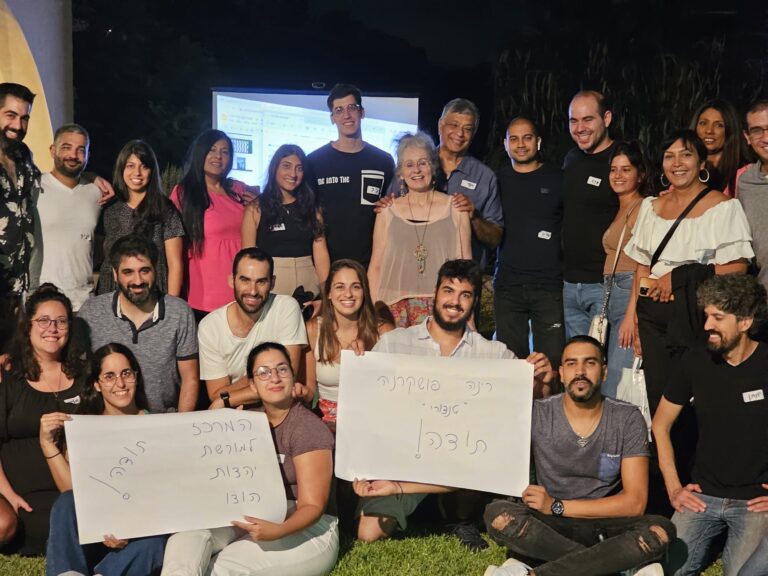
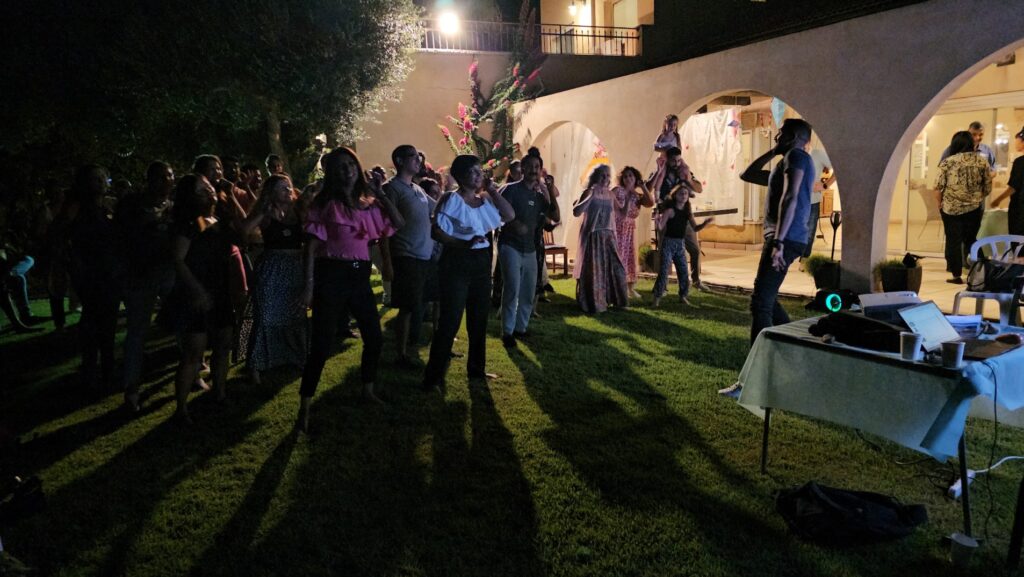
Uniting faith in the 'City of Joy'
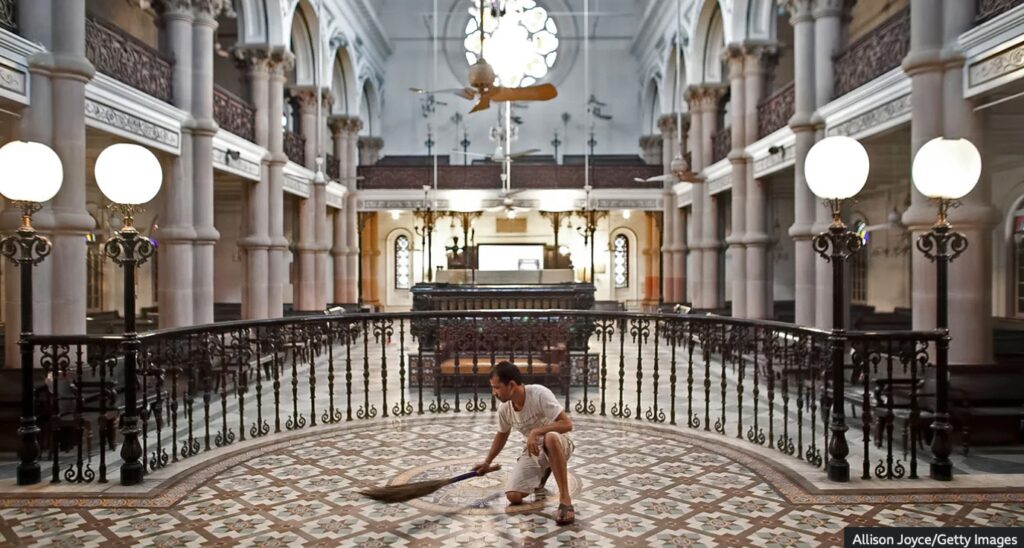
West Bengal, and Kolkata, its capital, has always been something of a haven for religious tolerance. While the majority of the 4.5 million population is Hindu, Muslims, Christians, Jews, Buddhists and Sikhs from across the world have long co-existed in the so-called ‘City of Joy’.
In Breaking Barriers, a BBC Travel series featuring inspiring tales of unity and humanity in theatres of dispute and division, Kalpana Prodhan writes: “As violence and political tension against Jews and Muslims continue to draw headlines throughout much of the world, Kolkata’s Muslim caretakers and their commitment to looking after these Jewish synagogues are a reminder that these two communities share much in common, and the importance of loving one’s neighbour.
“Kolkata’s Jewish population may soon fade away, but as long as there is someone to care for the temples, open the doors and let visitors in, a part of their heritage will live on, thanks to their Muslim brothers.”
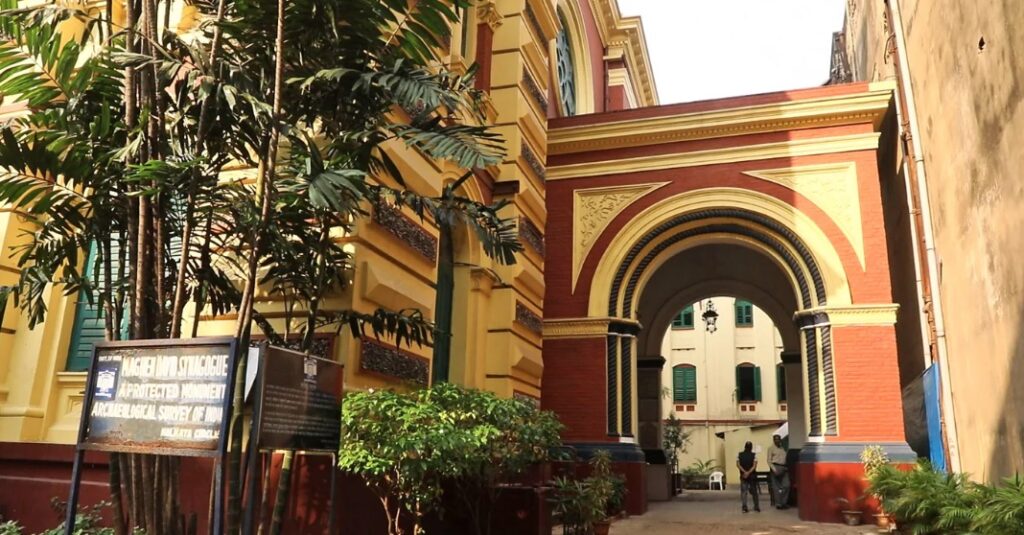
2 Bar-Mitzvahs in Kochi after 34 years
Two boys celebrated their Bar Mitzvahs in the Paradesi Synagogue in Mattancherry after nearly three decades. One of the boys celebrating the auspicious occasion is a British citizen who is coming to Kerala from England with his family. For the Jewish community in Kochi that has just around 28 members left, such ritualistic celebrations are few and far between. Read more…
